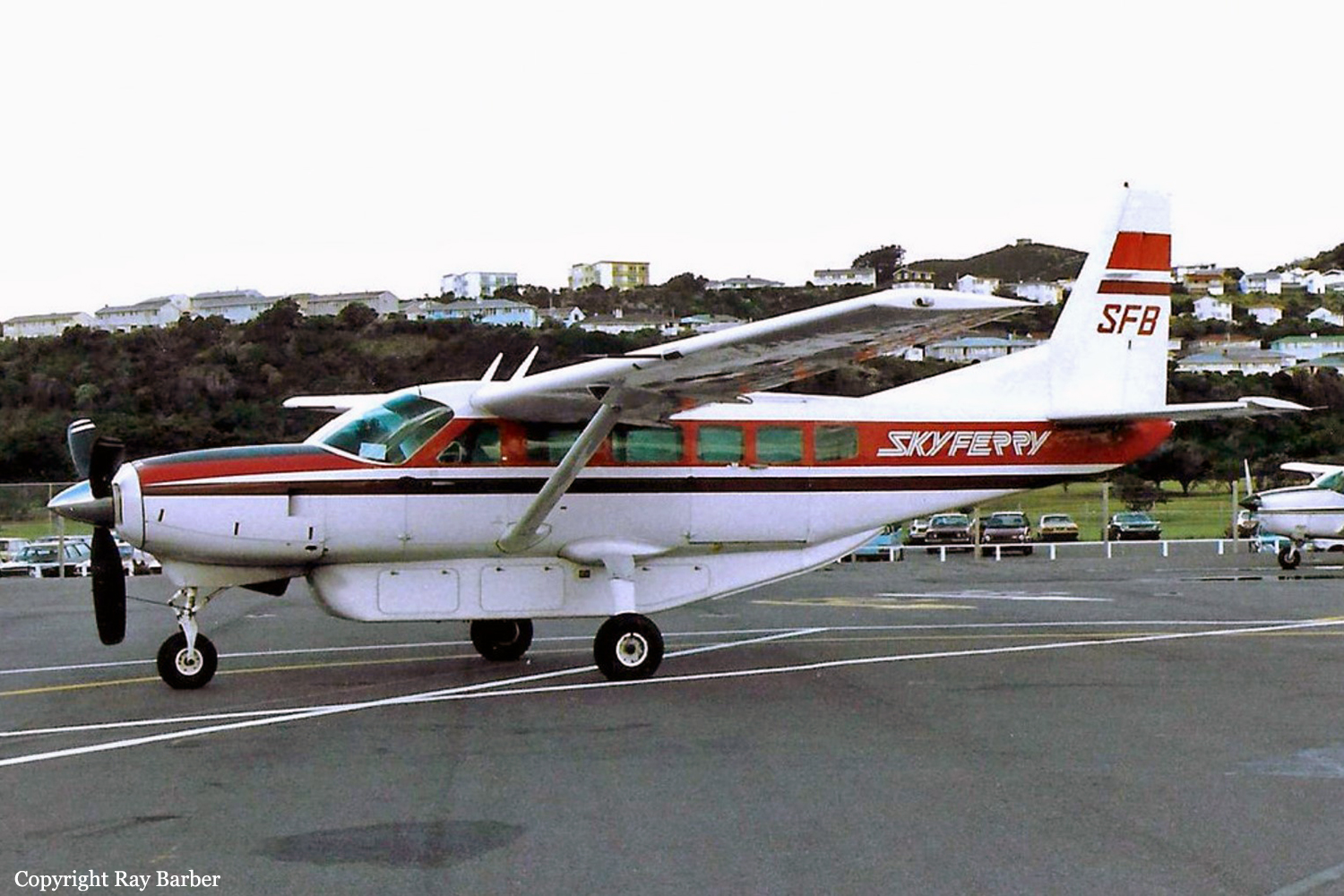Crash of a Cessna 208 Caravan I off Kodiak
Date & Time:
Aug 2, 1993 at 1500 LT
Registration:
N9526F
Survivors:
Yes
Schedule:
King Salmon - Kodiak
MSN:
208-0085
YOM:
1986
Crew on board:
1
Crew fatalities:
Pax on board:
0
Pax fatalities:
Other fatalities:
Total fatalities:
0
Captain / Total hours on type:
30.00
Aircraft flight hours:
5993
Circumstances:
On August 2, 1993, at 1500 Alaska daylight time, an amphibious Cessna 208 airplane, N9526F, operated by MarkAir, Inc., nosed over after landing on the water with the wheels extended at Geographic Harbor, located about 75 miles west of Kodiak, Alaska. The commercial pilot, the sole occupant, sustained minor injuries, and the airplane was substantially damaged. The unscheduled domestic cargo flight, operating under 14 CFR Part 135, departed King Salmon, Alaska at 1426. Visual meteorological conditions existed, and a company VFR flight plan was filed.
During a telephone conversation with the pilot shortly after the accident, he stated that he "just failed to use and comply with the airplanes checklist to ensure that the wheels were retracted for the water landing". He further stated that he was very distracted and preoccupied with several other mission related activities.
During a telephone conversation with the pilot shortly after the accident, he stated that he "just failed to use and comply with the airplanes checklist to ensure that the wheels were retracted for the water landing". He further stated that he was very distracted and preoccupied with several other mission related activities.
Probable cause:
The pilot in command did not use the airplane checklist. A factor was his diverted attention to other mission related activities.
Final Report:





